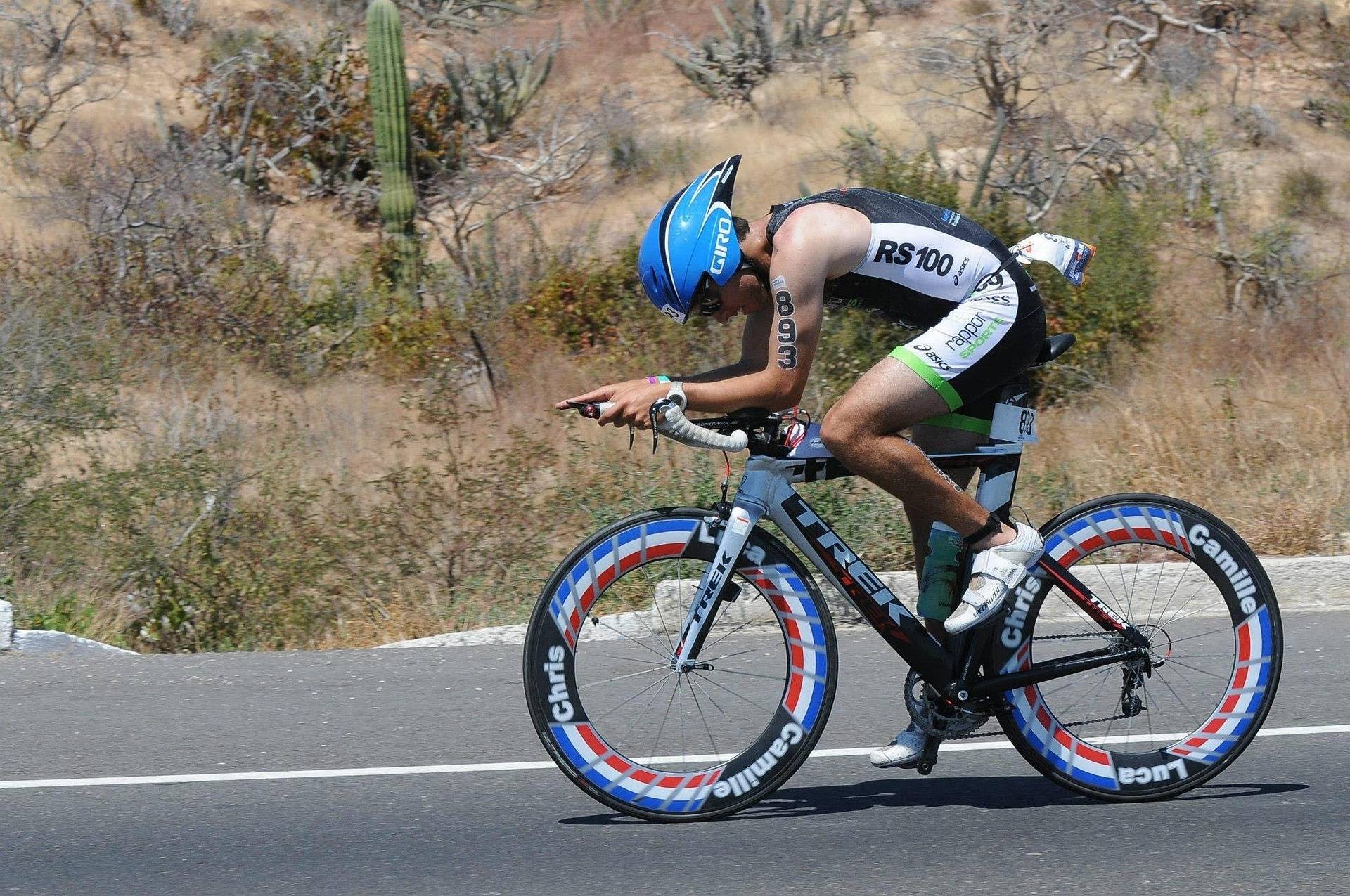In previous posts we have already dealt with the overriding > periodization and the new quality in > spring training . In today's article you will find out exactly what this means for preparing for the long distance and how you can design your training accordingly!
New training focus
Many of you can hardly do it: finally outside and on the street! While the main focus in winter was still on building basic aerobic endurance - mostly by racking up kilometers on the roller - it's now getting a little more specific! Time for the next level in preparation. Above all, this means that cycling training is now taking up more and more space. Longer bike units to expand basic endurance are now consistently supplemented with intensities specific to speed and endurance. Due to the extended bike training, the weekly hours increase noticeably.
swim training
In swimming, the focus is on developing competition speed and strength endurance: 100/200/400 series with and without "aids" usually ensure speed in this phase. The programs usually vary between 2,500 - 4,000m, long-distance athletes should also occasionally integrate longer duration series (e.g. 4x800m / 3x1,000m).
The water temperatures of the lakes are now slowly climbing into the double-digit range, some have already started with the first shorter open water units. Anyone who has an early competition date in the season (May / early June) cannot avoid the first open water sessions from the beginning of May. > Here you can read important tips and tricks for swimming training in cold water.
bike training
When the weather is spring-like, we always go outside. The first priority is to increase the volume. The length of the trips is increasing and should be gradually increased to the three-digit range (>100km) for the longer units (usually at the weekend). These are the long basic units that are still completely completed in the GA1 area . For shorter trips (40-80 km), on the other hand, targeted speed variations are called for. Examples:
- 4x 4Km development area (110% FTP)
- 8-12x hard 1k VO2max intervals
- 3x 10 min mountain/K3 (90-100% FTP, cadence 50-60)
running training
The running training is similar: the long run is now increased by a few minutes every week, basic speed is the order of the day. If the duration here clearly exceeds 1:30h, you should pay attention to the supply of drinks on the way.
On the other hand, it is also about increasing training stimuli to develop speed and endurance. These units should primarily be designed as tempo changes/intervals, e.g.:
- short, intense 400m intervals (10-20x 400 with 200m trot in between)
- longer, slightly above-threshold intervals, e.g. 8-12x 1,000m
- Endurance run with 6-10x 90s uphill runs
- Crescendo run / increased endurance run ( > to the article )
Important
Make sure that you don't change your training abruptly, but instead increasingly include the more intensive parts in your weekly planning. The increasing volumes are mainly achieved by shifting the training outside. It is important to remain free of illness and injury when the weather is still unstable! Otherwise, right now, when the training really starts, you will be out of action for several days or weeks and only then have to work your way back to this level.
Normally, now would also be the best time for a training camp to herald the start of the next training phase. Unfortunately, for the most part, for known reasons, this is very difficult or impossible to achieve. In our article on > spring training , we have shown how you can also design effective training blocks at home .
Enjoy the training.




















